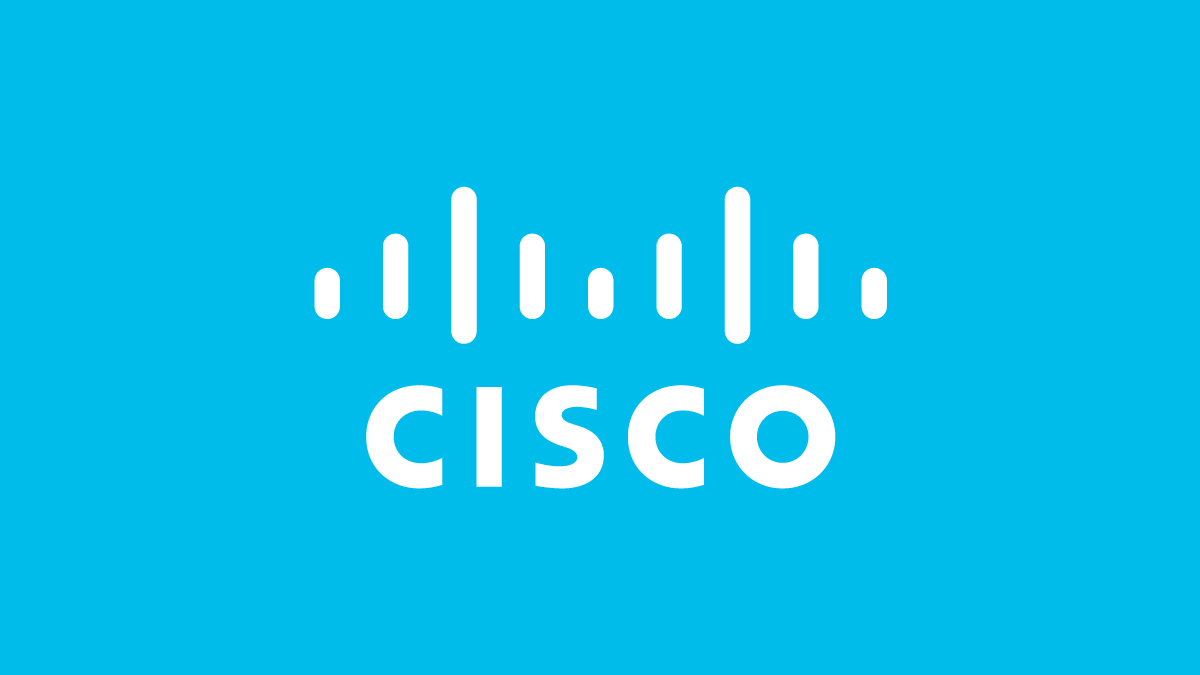News Summary:
- Leaders feel the pressure; 98% report increased urgency to deliver on AI and 85% believe they have less than 18 months to act.
- Networks are not equipped to meet AI workloads; only 21% of companies report having the necessary GPUs to meet current and future AI demands.
- Only 13% say they are fully ready to capture AI’s potential – down from 14% last year.
SAN JOSE, Calif., Nov. 19, 2024— Cisco (NASDAQ: CSCO), the worldwide leader in networking and security, today announced the findings from the second annual AI Readiness Index. The report explores how prepared organizations are to invest in, deploy and use AI. Nearly eight thousand organizations took part in the report.
Most notably, the report highlights a huge chasm between the urgency companies feel to deploy AI and their readiness to do so. Nearly all companies (98%) report the urgency to deploy AI has increased in the last year. However, the research found that from 2023 to 2024, global AI readiness in the enterprise has actually declined. Only 13% of companies today are fully ready to capture AI’s potential – down from 14% a year ago. Given the rapid market evolution and the significant impact AI is anticipated to have on businesses, this gap between urgency and ability is especially startling.
“Eventually there will be only two kinds of companies: those that are AI companies, and those that are irrelevant. AI is making us rethink power requirements, compute needs, high-performance connectivity inside and between data centers, data requirements, security and more,” said Jeetu Patel, Chief Product Officer at Cisco. “Regardless of where they are on their AI journey, organizations need to be preparing existing data centers and cloud strategies for changing requirements, and have a plan for how to adopt AI, with agility and resilience, as strategies evolve.”
Key Findings
Alongside the finding that only 13% of companies are fully prepared to implement their AI strategies, some of the most significant findings include:
- URGENCY: Companies feel they only have 18 months to showcase the impact of AI. Nearly all (85%) companies say they only have 18 months to start demonstrating the impact of AI. More than half (59%) give it only 12 months.
- STRATEGY: Companies agree that AI cannot be deployed effectively in an organization without a clear strategy. Cybersecurity is the top priority for AI deployment with 42% of respondents having achieved advanced security deployment. Infrastructure follows at 40%, and data analysis and data management tied for third at 39%.
- INVESTMENT: Companies are doubling down on AI despite lukewarm results from current AI projects. In the next five years, respondents anticipate that roughly 30% of IT budgets will be dedicated to AI, nearly double what it is today. Close to half of companies say AI implementations across top priorities have fallen short of expectations this year, yet 59% believe the impact from AI investments will surpass expectations after five years.
- INFRASTRUCTURE: Networks are not equipped to meet AI workloads. The largest decline was in infrastructure readiness, with gaps in compute, data center network performance, and cybersecurity, amongst other areas. Only 21% of organizations have the necessary GPUs to meet current and future AI demands and 30% have the capabilities to protect data in AI models with end–to–end encryption, security audits, continuous monitoring and instant threat response.
- DATA: Companies report feeling less ready to manage data effectively for AI initiatives, compared to a year ago. Nearly a third (32%) of respondents report high readiness from a data perspective to adapt, deploy and fully leverage AI technologies. Most companies (80%) report inconsistencies or shortcomings in the pre-processing and cleaning of data for AI projects. This remains almost as high as a year ago (81%). Additionally, 64% report that they feel there is room for improvement in tracking the origins of data.
- TALENT: A lack of skilled talent is a top challenge across infrastructure, data, and governance, underscoring the critical need for skilled professionals to drive AI initiatives. Only 31% of organizations claim their talent is at a high state of readiness to fully leverage AI. Twenty-four percent say their organizations are under resourced in terms of in-house talent necessary for successful AI deployment. Twenty-four percent of all respondents also say that there is not enough talent available in their sector with the right skillsets to address the growing demand for AI.
- GOVERNANCE: Effective AI governance is more crucial than ever, yet respondents feel that it has become more difficult. When asked about the comprehensiveness of their organizations’ AI policies and protocols, 31% of the organizations said they are highly comprehensive. Fifty-one percent of respondents identified “the lack of talent with expertise in AI governance, law and ethics in the market” as a challenge in improving their readiness from the governance perspective.
- CULTURE: There has been a noticeable reduction in cultural readiness to embrace AI. A lack of receptiveness to AI’s changes has contributed to the decline in cultural readiness: boards have become less receptive to embracing the transformative power of AI, with 66% of them being highly or moderately receptive, down from 82% last year while 30% of organizations report employees are limited in their willingness to adopt AI or are outright resistant.
Cisco AI Readiness Index:
The Cisco AI Readiness Index is conducted by an independent third-party and based on a double-blind survey of 7,985 senior business leaders, with responsibility for AI integration and deployment at organizations across 30 markets with 500 or more employees. The Index assessed respondents’ AI readiness across six key pillars: strategy, infrastructure, data, talent, governance and culture.
Companies were examined on 49 different metrics across these six pillars to determine a readiness score for each, as well as an overall readiness score for the respondents’ organization. Each indicator was assigned an individual weightage based on its relative importance to achieving readiness for the applicable pillar. Based on their overall score, Cisco has identified four groups at different levels of organizational readiness – Pacesetters (fully prepared), Chasers (moderately prepared), Followers (limited preparedness) and Laggards (unprepared).
Additional Resources:
About Cisco
Cisco (NASDAQ: CSCO) is the worldwide technology leader that securely connects everything to make anything possible. Our purpose is to power an inclusive future for all by helping our customers reimagine their applications, power hybrid work, secure their enterprise, transform their infrastructure, and meet their sustainability goals.
Discover more on The Newsroom and follow us on X (formerly Twitter) at @Cisco.
Cisco and the Cisco logo are trademarks or registered trademarks of Cisco and/or its affiliates in the U.S. and other countries. A listing of Cisco’s trademarks can be found at http://www.cisco.com/go/trademarks. Third-party trademarks mentioned are the property of their respective owners. The use of the word ‘partner’ does not imply a partnership relationship between Cisco and any other company.




